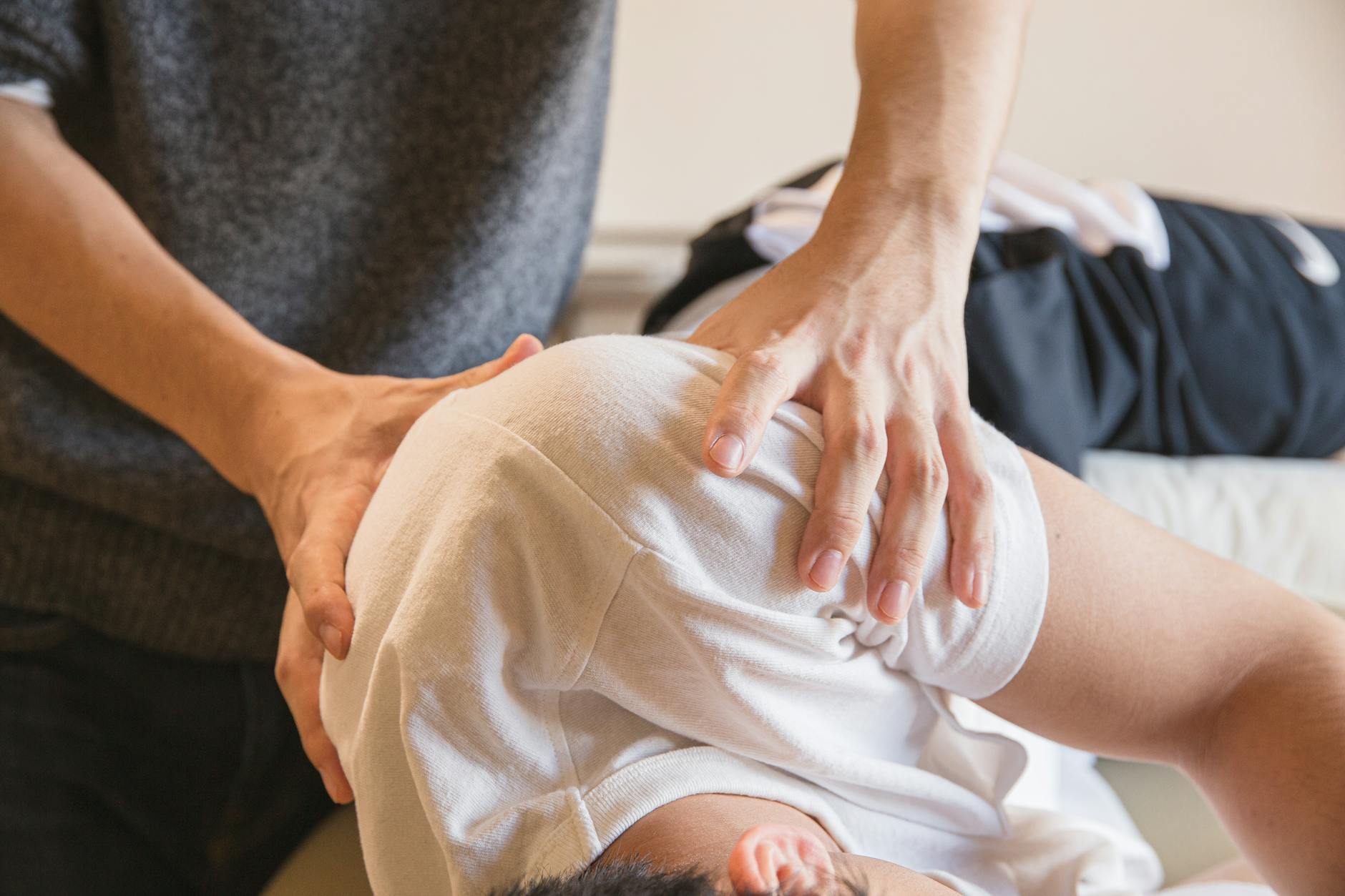Discover the surprising causes of lower back pain and learn effective strategies for finding lasting relief. Say goodbye to discomfort!
Table of Contents
Lower back pain is a common ailment that many people experience at some point in their lives. It can be debilitating and frustrating, affecting daily activities and overall quality of life. Understanding the root causes of lower back pain and learning effective ways to manage and alleviate it is crucial for finding relief. In this comprehensive guide, we will dive into the various factors that contribute to lower back pain and provide tips and strategies to help you find relief and improve your overall well-being.
Understanding Lower Back Pain
Lower back pain can be caused by a variety of factors, including muscle strain, poor posture, injury, or underlying health conditions. It is important to identify the specific cause of your lower back pain to effectively address and manage it. In some cases, lower back pain may be a result of degenerative conditions such as arthritis or disc herniation. Consulting with a healthcare professional is crucial in determining the root cause of your lower back pain.
Common Causes of Lower Back Pain
One of the most common causes of lower back pain is muscle strain or injury. This can occur from overexertion, lifting heavy objects, or poor body mechanics. Poor posture, especially when sitting or standing for long periods, can also contribute to lower back pain. Additionally, underlying health conditions such as osteoarthritis, sciatica, or herniated discs can cause chronic lower back pain. Identifying the specific cause of your lower back pain is essential in developing an effective treatment plan.
Effective Strategies for Managing Lower Back Pain
There are several effective strategies for managing and alleviating lower back pain. One of the most important aspects of managing lower back pain is maintaining good posture and body mechanics. This includes sitting and standing with proper alignment, avoiding slouching, and using ergonomically designed furniture to support your spine. Regular exercise, especially focusing on strengthening and stretching the muscles of the core and lower back, can improve flexibility and reduce pain.
In addition to exercise, incorporating stress-reducing activities such as yoga, meditation, or breathing exercises can help alleviate tension in the muscles and reduce pain. Applying heat or ice to the affected area, taking over-the-counter pain medications, or using topical analgesics can provide temporary relief from lower back pain. If your lower back pain persists or worsens, it is important to seek medical attention to determine the underlying cause and receive appropriate treatment.
Prevention Tips for Avoiding Lower Back Pain
Prevention is key when it comes to avoiding lower back pain. Implementing lifestyle changes such as maintaining a healthy weight, staying active, and practicing good posture can help prevent lower back pain from occurring. Avoiding prolonged sitting or standing, using proper lifting techniques, and wearing supportive footwear can also reduce the risk of lower back pain.
| Causes | Symptoms | Treatments |
|---|---|---|
| 1. Muscle Strain | – Stiffness | – Rest |
| 2. Herniated Disc | – Shooting pain | – Physical Therapy |
| 3. Degenerative Disc Disease | – Numbness | – Medications |
| 4. Spinal Stenosis | – Weakness | – Injections |
| 5. Scoliosis | – Radiating pain | – Surgery (in severe cases) |
Regularly engaging in physical activity, such as walking, swimming, or biking, can strengthen the muscles of the core and lower back, improving spinal support and reducing pain. Incorporating stretching exercises into your daily routine can improve flexibility and prevent muscle strain. Additionally, staying hydrated, eating a balanced diet rich in nutrients, and getting an adequate amount of sleep can support overall musculoskeletal health and prevent lower back pain.
Conclusion: Finding Relief from Lower Back Pain
Lower back pain can be a challenging and disabling condition, but with the right knowledge and strategies, relief is possible. By understanding the root causes of lower back pain, implementing effective management strategies, and adopting prevention tips, you can alleviate pain, improve flexibility, and enhance your quality of life. Remember to consult with a healthcare professional if you experience persistent or severe lower back pain to receive a proper diagnosis and treatment plan tailored to your needs.
FAQs
What are the common causes of lower back pain?
Common causes of lower back pain include muscle strain, poor posture, injury, and underlying conditions like arthritis or herniated discs.
How can I effectively manage lower back pain?
Effective management strategies include maintaining good posture, regular exercise, stress-reducing activities, heat or ice therapy, and seeking medical attention if needed.
What are some prevention tips for avoiding lower back pain?
Prevention tips include staying active, maintaining a healthy weight, practicing good posture, using proper lifting techniques, and incorporating stretching exercises into your routine.
When should I seek medical attention for lower back pain?
It is important to seek medical attention if your lower back pain persists or worsens, if it is accompanied by other symptoms like numbness or weakness, or if you have a history of underlying health conditions affecting your back.





